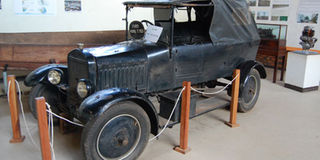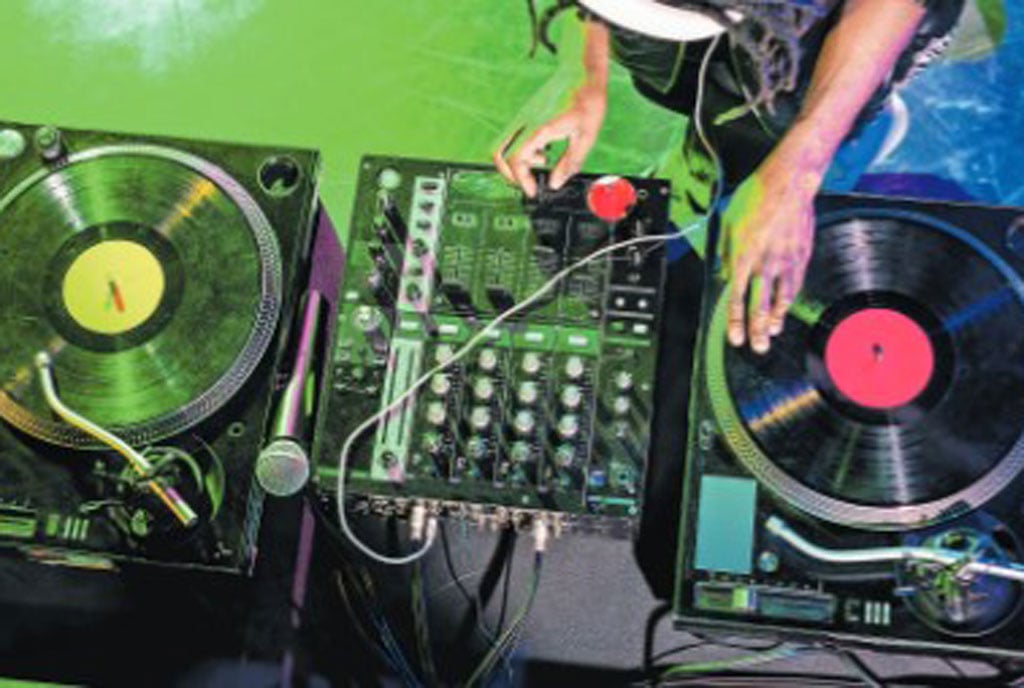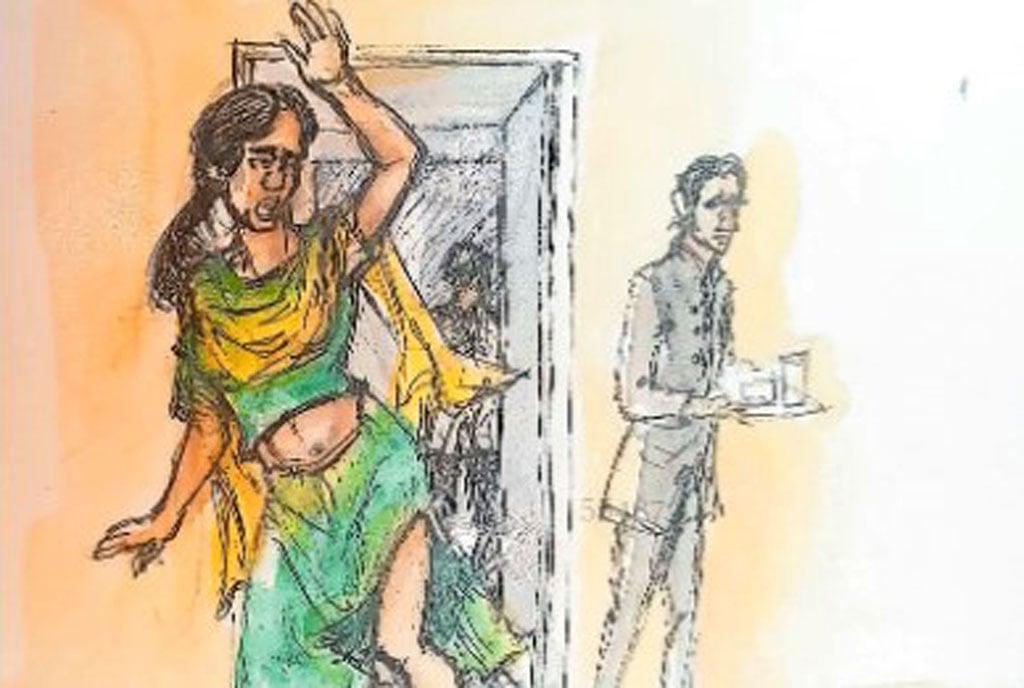Prime
Uganda Museum sings its swan song

The famous Ford Model T 1925. PHOTO BY STEPHEN OTAGE
What you need to know:
Waiting for the guillotine to fall
The Uganda National Museum could join the club of endangered buildings if courts grant the government permission to build its proposed 60-storey East African Trade Centre at the museum’s current location. On January 14, 2011, the Ministry of Tourism, Trade and Industry declared its intentions, pitting economic interests against the priceless, intrinsic value that defines heritage sites like the museum.
Mr Julius Onen, the Ministry’s Permanent Secretary, said there was need to demolish the old building (104 years since its launch in 1908) because its current state does not guarantee the safety of the historic belongings housed there. Plus, the museum would be re-settled on two floors upon completion of the trade centre
In all probability, I would never have voluntarily visited the Uganda Museum twice in the space of four days had I not been assigned to assess the question of its continuing relevance, or lack thereof, as modernity threatens historical life as we know it.
When the attendant busied herself writing something below her front desk, I thought it was to give me a receipt so I could note the date I visited, and the amount I paid to enter. Waiting some minutes proved none was forthcoming, so I asked if it was okay to enter. Even before the reply came, her look suggested the question was both naïve and usual.
“You can sign the book if you wish to, otherwise you are now free to enter.” My next questions remained unspoken; like how they keep track of the number of visitors and money earned daily in the absence of usual receipt and registration procedure.
How also, with zero visibility of surveillance cameras and teams, do they enforce the rule of no-cameras unless one has paid the Shs5,000 and Shs20,000 fee for a photo and video camera respectively? One answer is in the visitor’s reverence for the artefacts housed in this museum.
Davis Ssenoga, visiting with his two children, explained how.
“The museum’s ambience is one of history quietly sleeping. It feels intrusive to just record and snap shots without permission.” I fell prey to this involuntary honesty on my second visit when no one bothered checking what had caused the bleep as I went through. A sneaky person with a point-and-shoot would easily take several photos before the management catches on.
By this time, I knew better than to demand a receipt. And only by restraining the urge did I not photograph the contents of the traditional huts on the sprawling lawn behind the glass-exhibits area. It is a place one can be undisturbed, at least until a group with a guide shows up.
Silence of the artefacts?
The sound of xylophones and tube fiddle is one of two sounds that intermittently disrupt the tranquil atmosphere and hushed conversations of most visitors. Even then, the female caretaker tactfully advised me to “take a rest from playing and see other sections while others also see our nice instruments” when my playing began to assume trance-like length.
The other is of children who still visit, like we did in my day at Buganda Road Primary School, as part of field trips to reinforce what they study in school. I asked Ssenoga if this was his reason for bringing his children, even when none of them was yet of UNEB-exams age.
“By the time my Lubwama leaves Christ the King Nursery School, I want him to have a head start on his classmates when in Social Studies they are asked questions about what a museum is and the things found inside it,” he said.
I prodded further. Was it not because of the threat to the museum’s current existence if government succeeds in plans to build an East African Trade Centre over it? “Eh, it would be very strange not to have a museum when even what is displayed seems too little to represent Uganda as a whole.”
He was more right than he knew. Even though it seems to have been around forever, it was only in 1957 that the museum was established at its current location at Kira Road, having started out in 1908 at Fort Lugard in Old Kampala as a collection of “items of daily usage from cultures across Uganda,” commissioned by then British Secretary, George Wilson.
Between 1942-53 the collection moved to Makerere University’s School of Fine Art. Ellady Muyambi, the Executive Director of the Historic Resources Conservation Initiatives (HRCI), observed that “while the artefacts were here is when the British administration saw the need to build a permanent space for this collection, and this is the museum known to most Ugandans below 70 years.”
But the collection of artefacts actually began in 1902, earning it the tag of oldest museum in East Africa and so far the only national one Uganda boasts. It also looks the part which, when compared to custom-designed museum cities like Saadiyat Island in Abu Dhabi and the many in neighbouring Kenya, makes ours seem so old school. Currently, the museum still inspires a hushed awe for the fusion of historical and educational aspects reflected in the range of items on display.
Its delicate stone-age pieces, the furnished huts on the sprawling lawn, indigenous art and crafts repertoire, and Ford Model T 1925 seem to support the cause of those who say changes to its set-up will render temporary what is supposed to be a permanent institution.
Change-agents would highlight the disused Alur and Acholi houses still on display, the picture of Isebantu Wako Muloki (RIP) in Busoga House, which is not updated, some glaringly empty display areas, and its forlorn air when no visitors abound as the very reasons to rethink its position and very existence.
Most national museums now function as cultural caterers where the tourist attraction shares space with department stores, civic centers, showcases of contemporary architecture, social clubs, environmentally conscious facilities, and social clubs.
At current pace, it might be light years before our museum assumes an equivalent corporate culture where large grants meet curators innovative enough to have no empty display cases; in which museums can self-sponsor massive expansions, and in which crowds at museums cease to be newsworthy regardless their reason for visiting.



